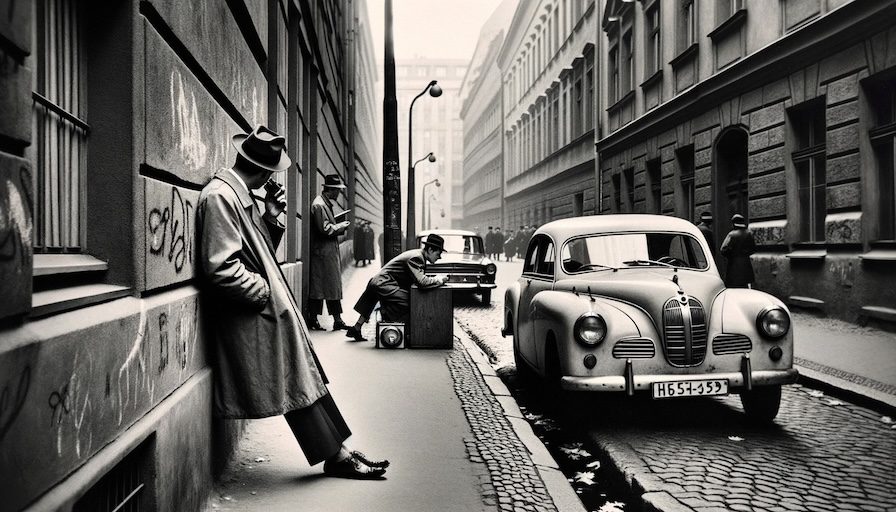Tag: WTF
-

How Far Can We Go? Limits of Humanity
This version has a mistake somewhere, but still worth seeing. They remade the video:
-

Cabel Sasser, Panic – XOXO Festival
-

Cycling from Finland to Singapore
-

All the Ways Everest Can Kill You
Via Kottke.
-

The Paradox of an Infinite Universe
-

Jom & POFMA
Jom Media has come under scrutiny following a POFMA order for three articles published in their segment, ‘Singapore This Week‘. They voiced concerns over the interpretation of the order, particularly in how it was applied to their content. One of the contentious points raised by Jom was regarding a statement in their publication. While conceding…
-

EU pushes for digital surveillance
Keep seeing more and more topics, threads and sites about it. And it’s probably not getting half as much attention as it deserves. Here’s a summary from Danny Mekić post:
-
Animation showing the biggest Black Holes
Via Kottke
-
The Rules for Rulers





